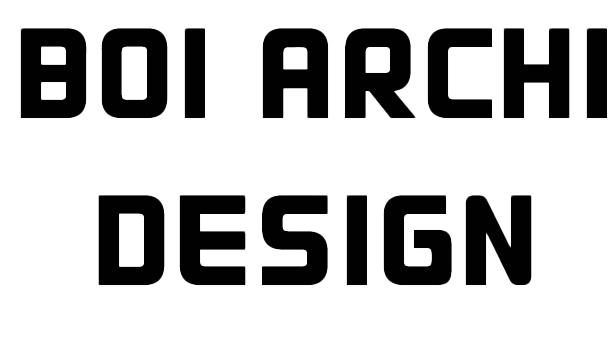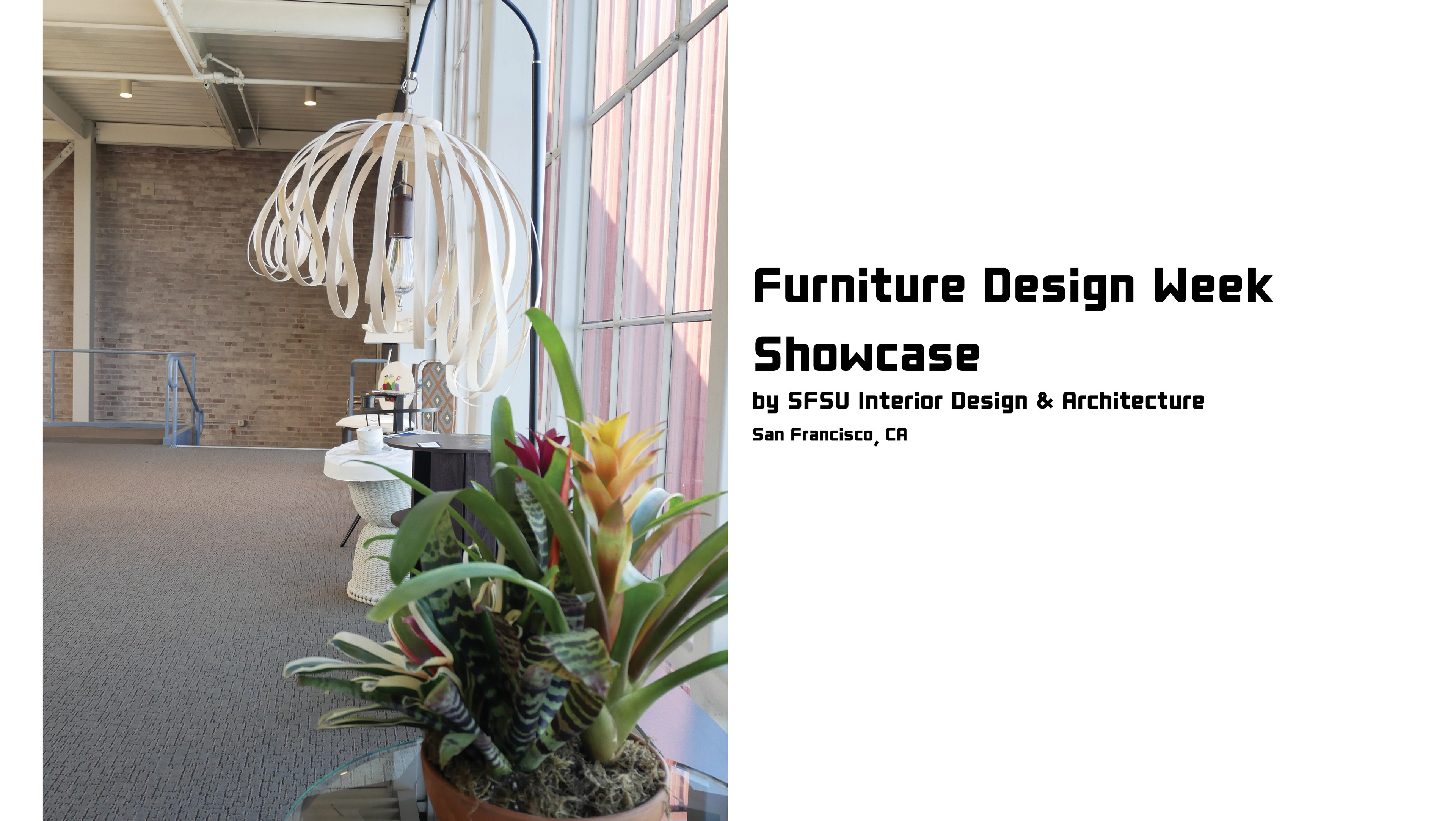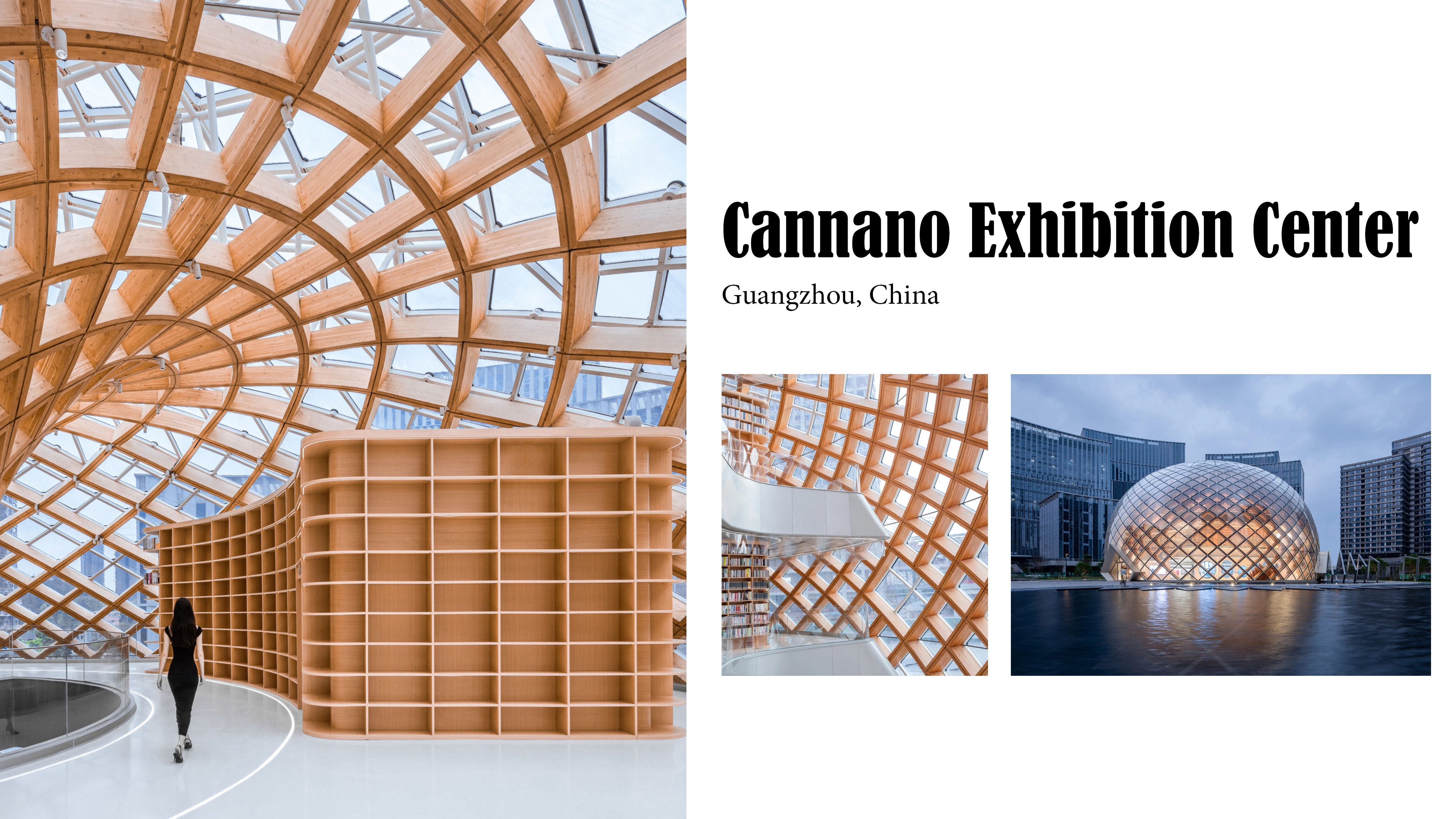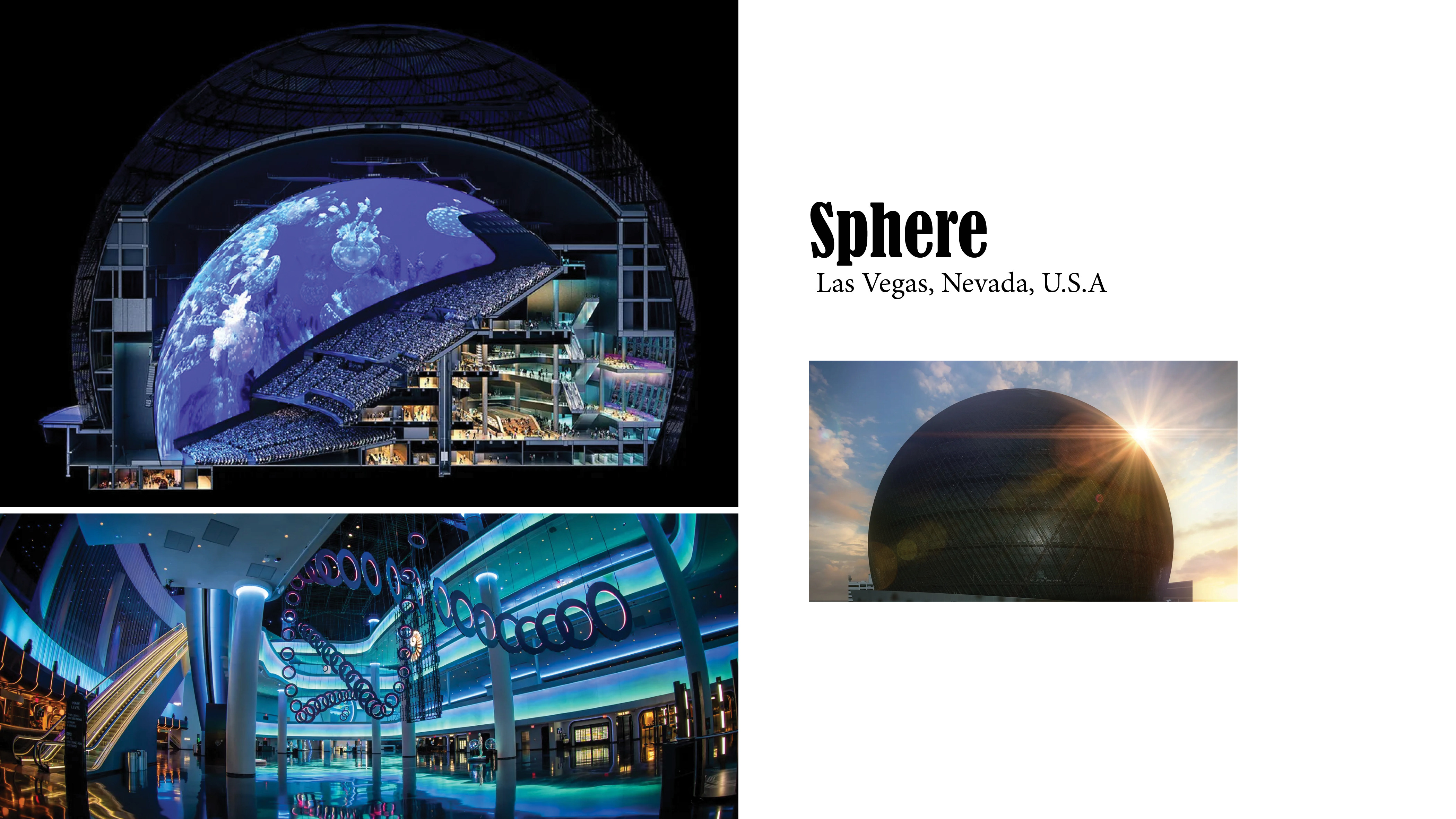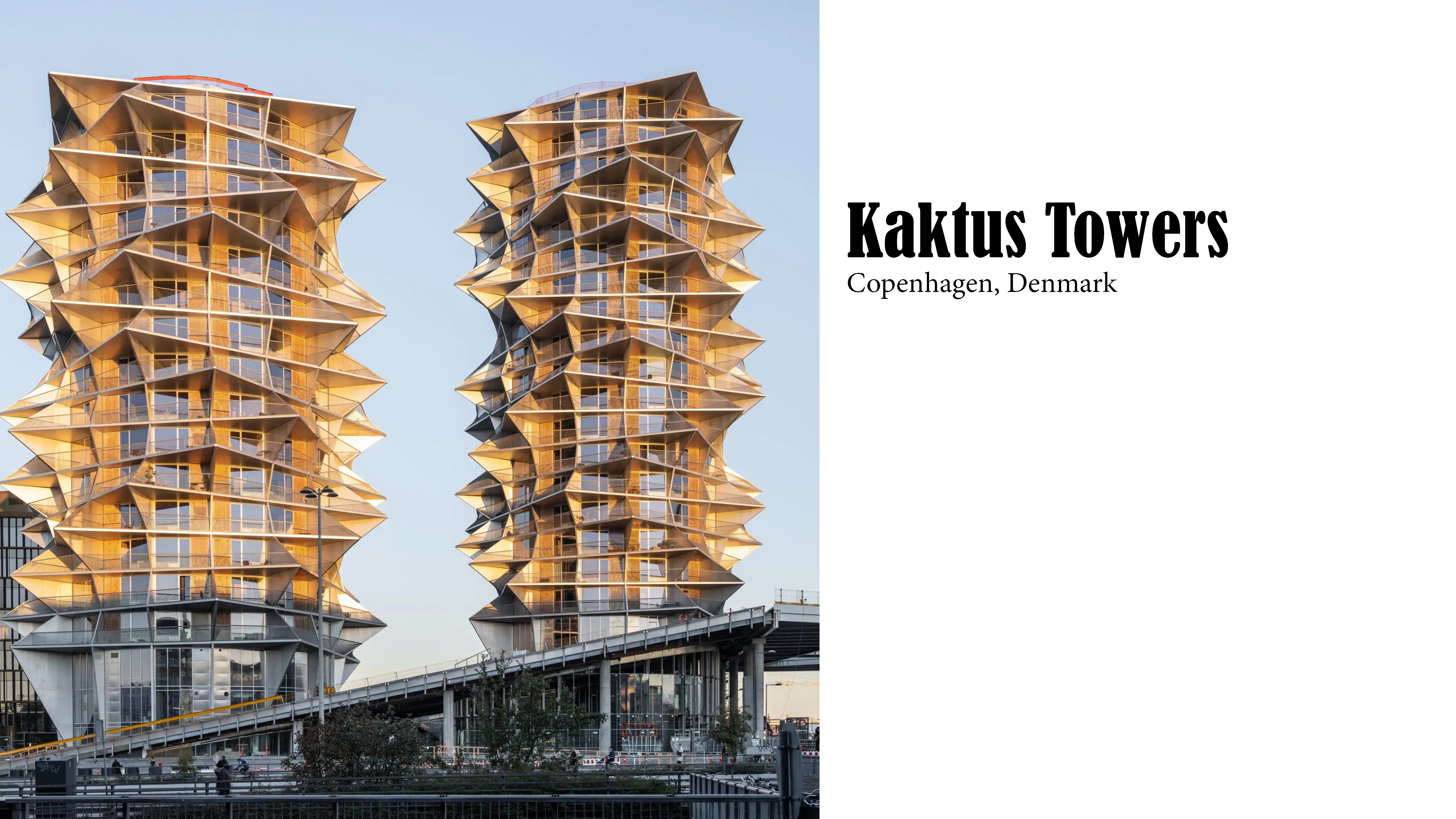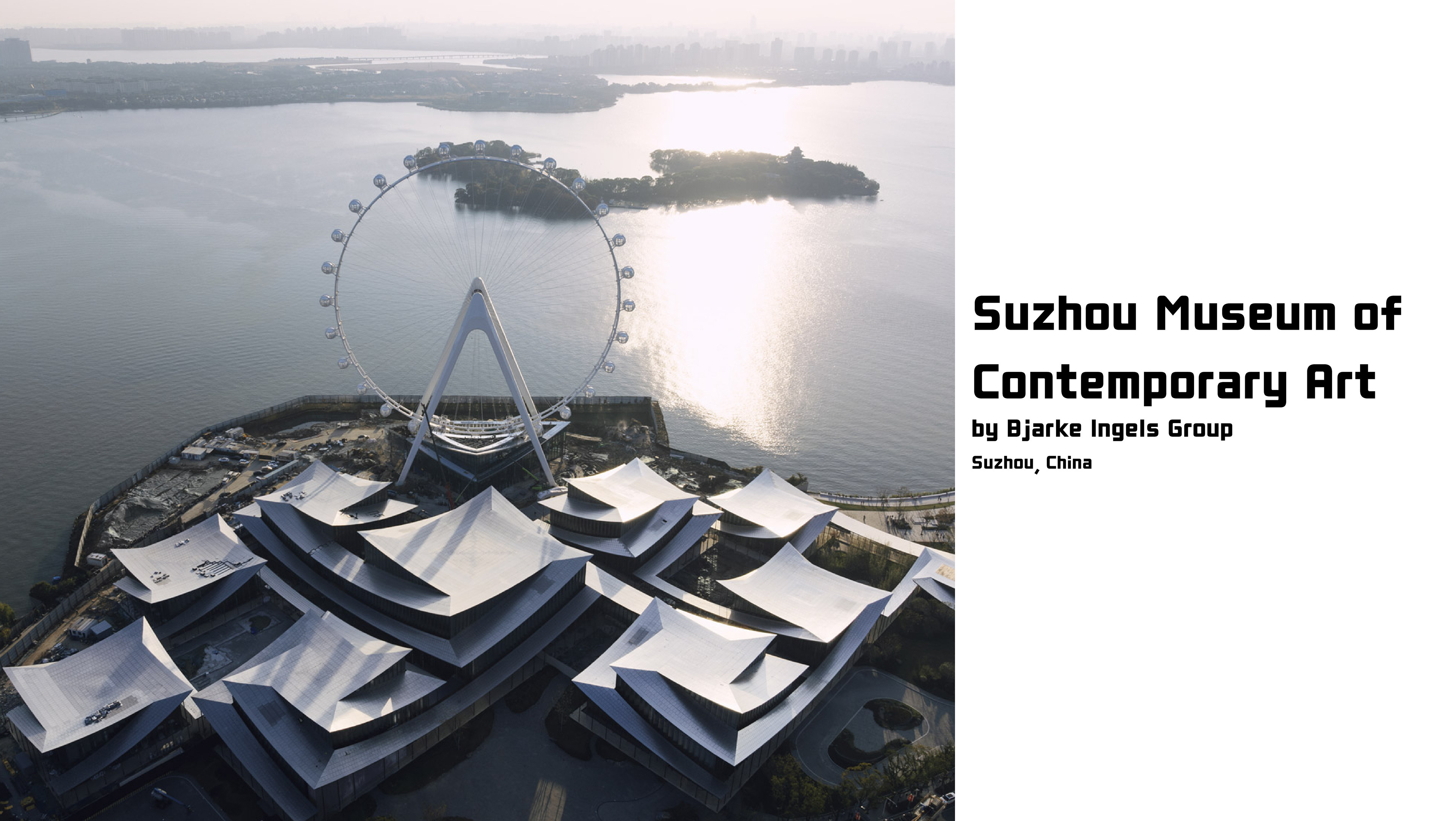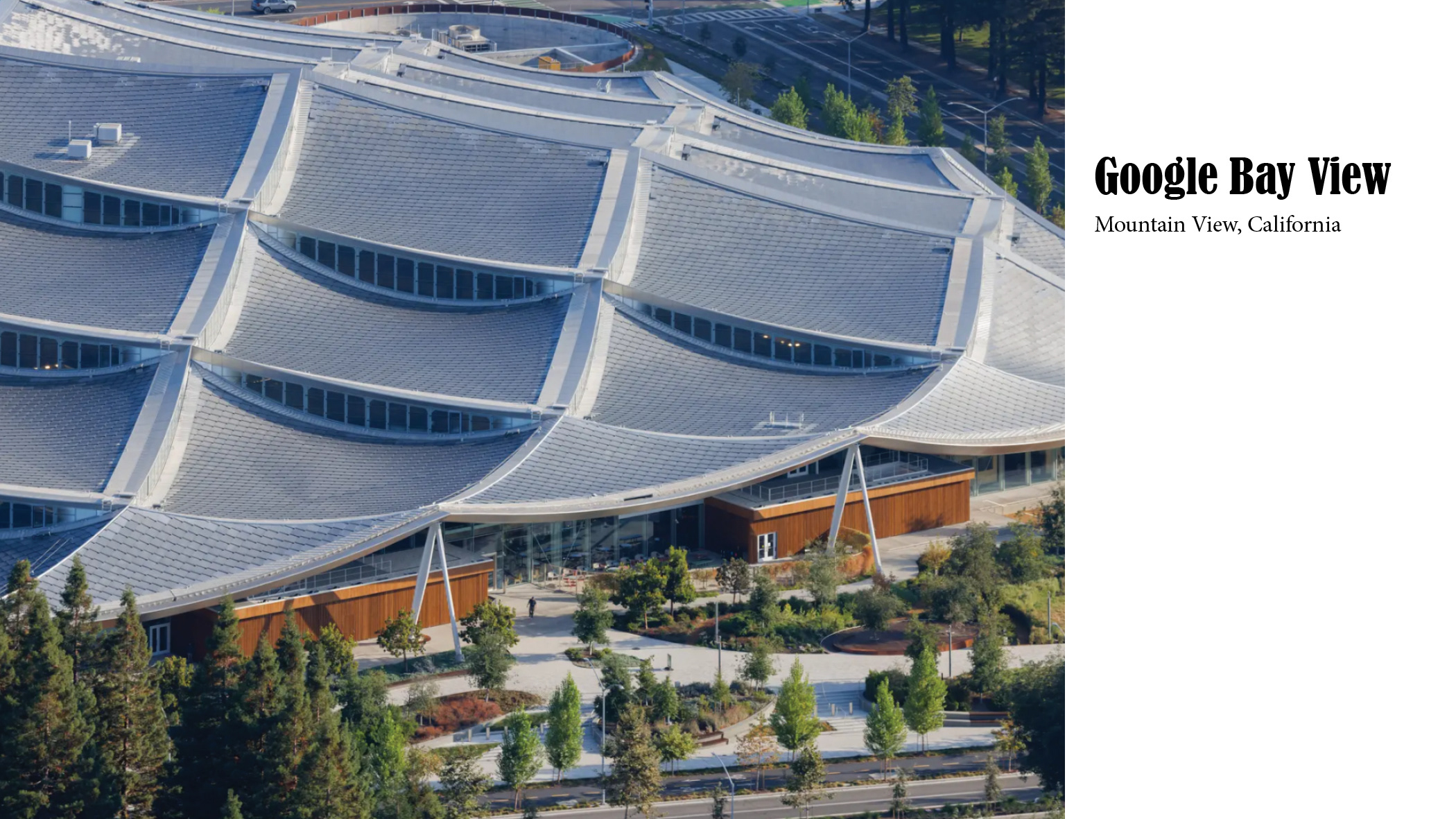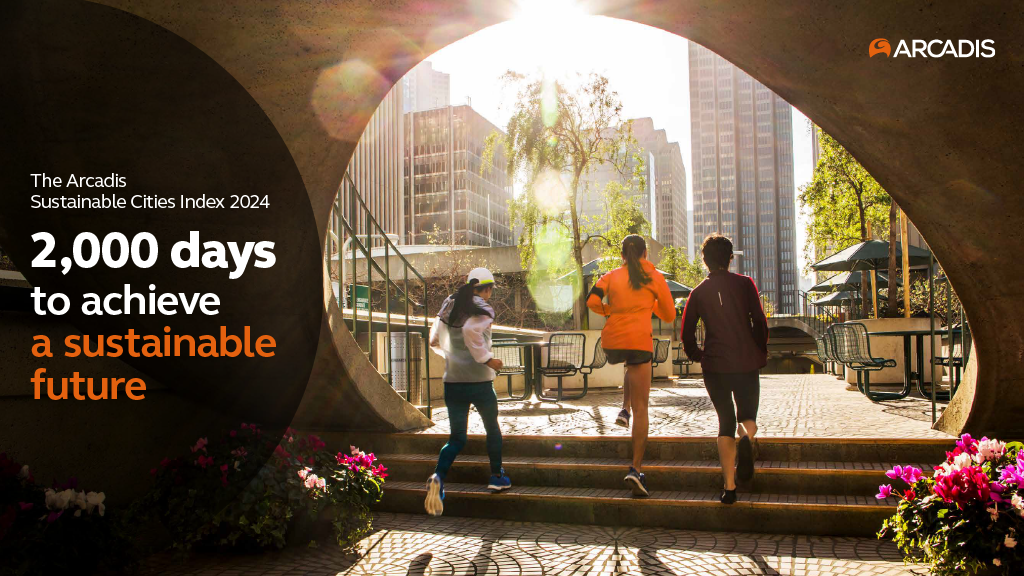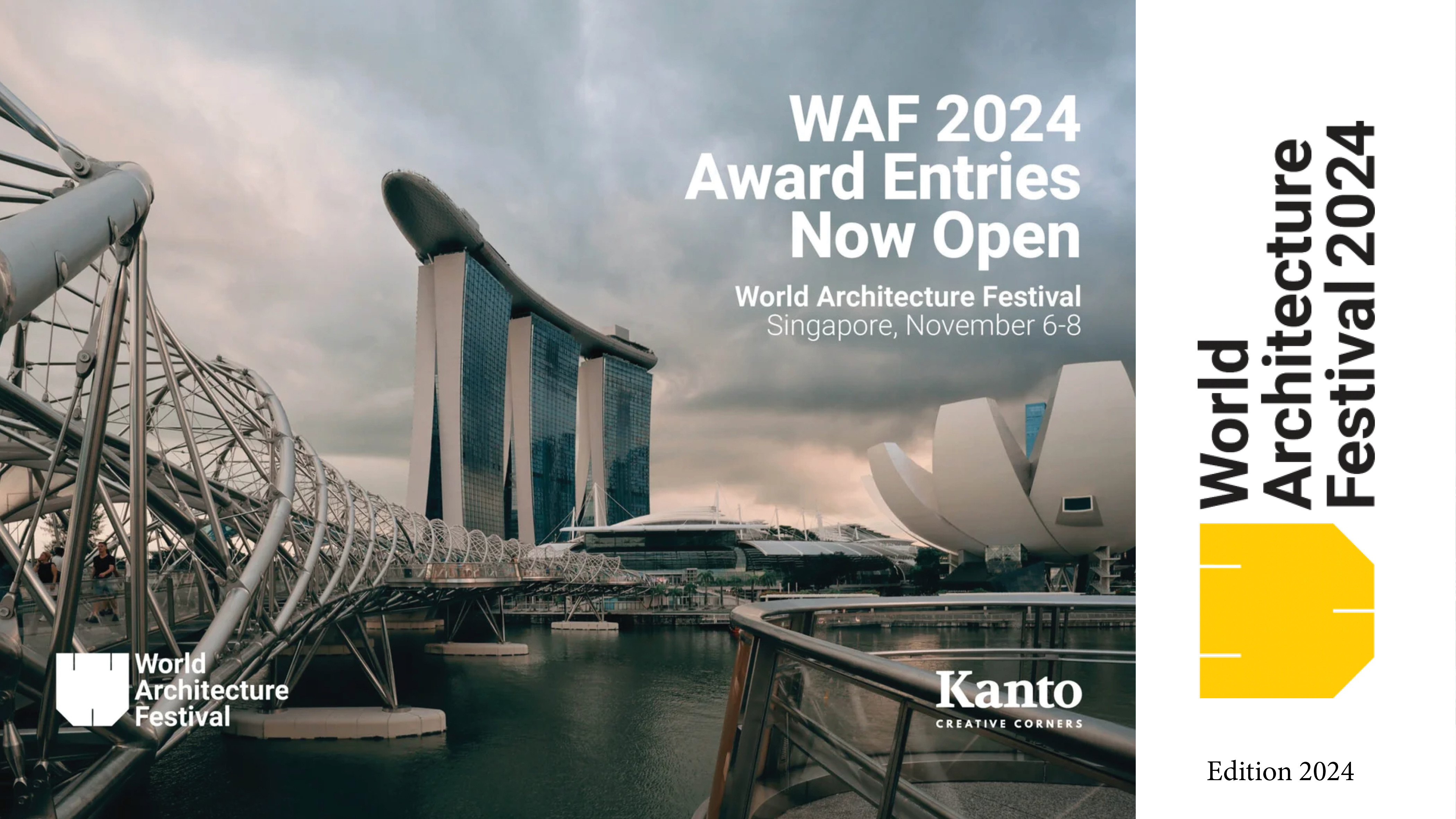NEWS: FLOATING SUMMER VACATION IN COPENHAGEN by BOI ARCHI DESIGN x BOI Design Studio
Sep. 5. 2025
Reviewed by David Vi Boi Huynh, BOI ARCHI DESIGN x BOI Design Studio
1. What “Form” Did Marshall Blecher and Studio Fokstrot Give to the Copenhagen Islands?
Studio Marshall Blecher & Studio Fokstrot gave Copenhagen a series of floating wooden platforms, each circular or irregular in outline, conceived as a modular archipelago scattered throughout the harbor. The form is deliberately simple and elemental: flat, buoyant decks of timber, some with a single tree or built-in furniture, others open for gatherings, fishing, or sunbathing. Collectively, these islands form a “parkipelago” — an aquatic extension of the city’s green infrastructure.
2. How Did They Give This Form?
- Prototyping small-scale islands (the first launched in 2018 with a solitary linden tree) to test buoyancy, durability, and public reception.
- Using traditional boatbuilding techniques and sustainable timbers, it ensures harmony with the harbor’s maritime culture.
- Designing a flexible system of islands that can be rearranged, anchored, or clustered depending on need; echoing the adaptive, non-fixed identity of Copenhagen’s waterfront.
- Scaling the idea into a network of nine islands, each programmed differently (playgrounds, gardens, swim zones, cultural stages).
3. Is It a Good Form for the Community/Summer Vacation?
Yes. The islands are a brilliant civic intervention:
- They democratize access to the harbor, offering free public platforms for play, rest, and social activity.
- Their seasonal, movable quality makes them playful and adaptable, turning the harbor into an urban living room.
- The form also aligns with Copenhagen’s reputation as a city of bicycles, water, and democratic space-making. In summer, they become destinations for leisure and exploration; in winter, they serve as poetic urban sculptures.
4. Will This Form Continue to Give in the Future?
Their strength lies in flexibility and resilience:
- The modularity allows new islands to be added or existing ones reprogrammed.
- Their minimal ecological footprint ensures long-term harmony with the environment.
- As climate change forces cities to rethink their relationships with water, these islands serve as prototypes for amphibious urbanism — playful yet practical experiments in living with, rather than against, rising seas.
5. How BOI_Design Brings Real Copenhagen Islands into Life with LEGO Bricks
BOI_Design’s LEGO MOC, Floating Summer Vacation in City, translates the Parkipelago into the language of play and imagination. Using LEGO plates and bricks, the team replicates the floating decks, trees, and urban life on the water, capturing the spirit of adaptability and leisure. Just as the real islands are modular and reconfigurable, the LEGO model allows for rearrangement, encouraging users to imagine new constellations of islands in the vacation album. The MOC embodies the joy of scale reduction: transforming a civic project into a tactile, approachable artifact where anyone can experiment with design and dream of summer life on water. In doing so, it extends the Parkipelago’s essence into a toy-sized prototype, a reminder that architectural imagination can live both on water and in play.
6. Conclusion
The Copenhagen Islands by Studio Marshall Blecher & Studio Fokstrot are a masterclass in minimal, civic-minded formgiving: a handful of floating timber circles that expand the city’s identity into its harbor. They are functional, poetic, and future-forward, serving community needs while embodying climate-conscious experimentation. BOI_Design’s LEGO MOC amplifies this ethos by turning civic infrastructure into a dreamlike miniature landscape, where imagination, play, and urbanism converge. Together, they illustrate how form — whether built at 1:1 scale in timber or at 1:100 scale in LEGO — can foster community, inspire joy, and point to resilient futures.
